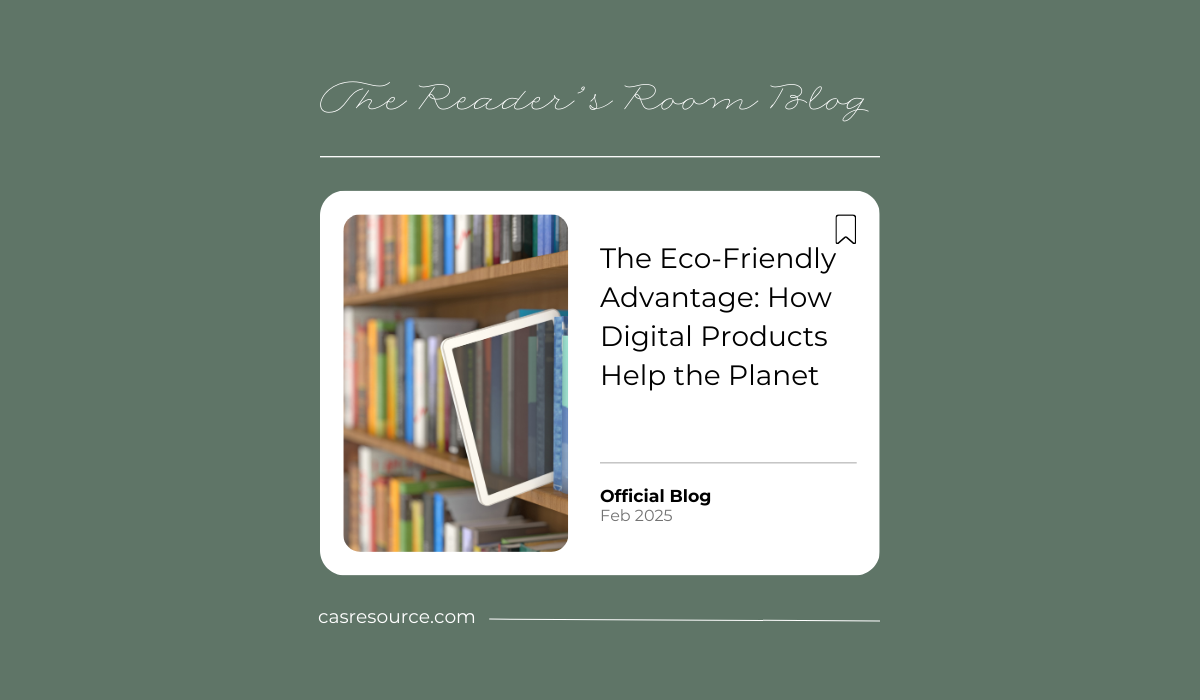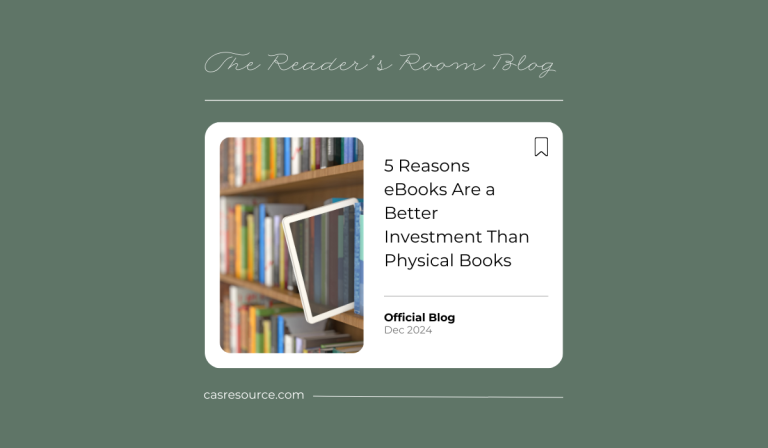Introduction: The Digital Shift for a Greener Future
As global awareness around climate change and environmental responsibility grows, businesses and consumers are shifting toward more sustainable choices. Among the most impactful transformations is the pivot from physical to digital products. This shift isn’t just smart business—it’s an ethical imperative. Digital products offer a compelling, scalable way to reduce environmental damage while meeting the demands of a modern, eco-conscious audience.
The Environmental Toll of Physical Goods
Raw Material Extraction and Resource Depletion
Traditional manufacturing relies heavily on finite resources—paper, plastics, metals, and rare earth elements. The extraction and refinement processes leave deep scars on the environment, contributing to deforestation, water contamination, and habitat destruction. Each printed workbook, shipped planner, or CD-ROM carries a heavy upstream cost.
Pollution from Manufacturing Processes
Industrial production often involves fossil fuel consumption, chemical treatments, and toxic byproducts. The creation of physical goods leads to significant air and water pollution, which contributes to respiratory illnesses and ecosystem damage.
Packaging Waste and Plastic Pollution
Packaging adds another layer of environmental harm. Plastics, cardboard, bubble wrap, and shrink wrap—all destined to end up in landfills or oceans—create long-term waste management issues. Despite advances in recycling, much packaging remains non-recyclable or ends up as microplastics in the food chain.
Carbon Emissions from Global Distribution
Shipping physical products across states or countries involves complex logistics networks, all powered by gasoline or diesel. From delivery trucks to cargo planes, each stage emits CO₂ and contributes to the growing carbon footprint of e-commerce.
Lower Carbon Footprint: The Core Eco Benefit
No Physical Manufacturing or Shipping
Digital products sidestep this entire chain. There’s no printing press, no warehouse storage, and no fuel-intensive logistics involved. A single download replaces the emissions of a full production and delivery cycle.
Energy Efficiency of Data Transmission
While data centers do consume electricity, modern advancements in cooling systems, virtualization, and renewable energy sourcing have made them increasingly efficient. Transferring a digital file consumes a fraction of the energy used to produce and transport a physical item.
Green Hosting and Cloud Storage Trends
Leading web hosting providers and CDNs like Cloudflare, Google Cloud, and AWS have committed to 100% renewable energy sourcing. If your WordPress store uses a green host or optimized CDN, your downloads can be delivered with near-zero emissions.
Waste Reduction Through Digital Solutions
Zero Packaging Waste
There’s no need for boxes, fillers, labels, or plastics. Digital delivery completely removes packaging from the equation—one of the most wasteful aspects of traditional commerce.
No Obsolescence or Landfill Overflow
Physical products have lifespans. Books wear out, DVDs become unreadable, gadgets break. Digital files, however, can be updated, re-downloaded, and preserved with minimal degradation. No shelf space. No trash pile.
Supporting a Circular Digital Economy
Reusability of Files and Assets
Digital assets can be shared, reused, and repurposed across multiple projects without consuming new resources. Designers can use a single icon pack in hundreds of client projects. Educators can license one curriculum PDF indefinitely. This modularity reduces the need for duplication.
Licensing and Repurposing Without Waste
Creative Commons licenses, digital templates, and software frameworks encourage sharing and iteration. Instead of discarding and remaking, users remix. It’s an economy based on enhancement rather than extraction.
The Role of Conscious Consumers
Choosing Digital Over Physical
Today’s digital consumer is informed and values-aligned. Offering digital alternatives to physical goods—downloadable planners, eBooks, stock media—empowers your audience to make ethical choices that align with their sustainability goals.
Minimizing Digital Carbon Footprint
Even within the digital realm, consumers can be thoughtful: avoiding unnecessary downloads, supporting sellers who use green hosting, and deleting unused data to reduce server load. Conscious digital behavior magnifies the environmental benefits.
Digital Product Creators as Sustainability Advocates
Eco-Conscious Design and Messaging
Your store can do more than sell products—it can promote values. Through minimalist design, eco-friendly copywriting, and transparency about your sustainability practices, you inspire customers to make mindful choices.
Offsetting Carbon Through Business Practices
Some digital businesses go further by purchasing carbon offsets, contributing to reforestation programs, or partnering with environmental NGOs. Even displaying certifications or using sustainability badges can build trust and momentum for greener commerce.
Case Study: Impact of a Digital Download Store
Before and After: Transitioning from Physical to Digital
Consider a creator who once sold printed planners. The shift to PDFs removed the need for printing, warehousing, and shipping. Customers now instantly receive their product. That one shift can save hundreds of kilograms of CO₂ annually.
Measurable Environmental Benefits
Calculators from organizations like EcoCart or Greenly help estimate emissions savings. A digital store selling 1,000 downloads instead of physical items might reduce emissions equivalent to planting 50+ trees annually.
Empowering Green Entrepreneurship
Lower Barriers, Lower Impact
Digital-first businesses don’t need industrial-scale facilities. A single laptop and a hosting plan can scale to serve thousands. This lean model means fewer resources, less waste, and more freedom for creators to innovate sustainably.
Running a Sustainable Online Business
From choosing eco-friendly payment processors to optimizing website speed for reduced server load, every decision counts. Entrepreneurs can build agile businesses with strong ethics, serving both profit and planet.
Challenges and Considerations
Energy Usage of Servers and Devices
Digital products are not impact-free. Data centers, especially when not powered by renewables, can consume significant energy. Consumer devices also require power to use your products. Awareness and optimization are key.
Balancing Convenience and Responsibility
Instant downloads and media-rich products offer speed and satisfaction—but can also increase data load. Responsible creators can offer options like compressed file sizes, accessible formats, and mindful UX design to reduce digital waste.
Final Thoughts: The Future Is (Digitally) Green
Digital products are more than just a convenience—they are a crucial step toward a more sustainable economy. For WordPress digital store owners, every download is a statement: that commerce can be clean, creativity can be climate-conscious, and business can be a force for ecological good. In this era of environmental urgency, digital products aren’t just efficient—they’re essential.



